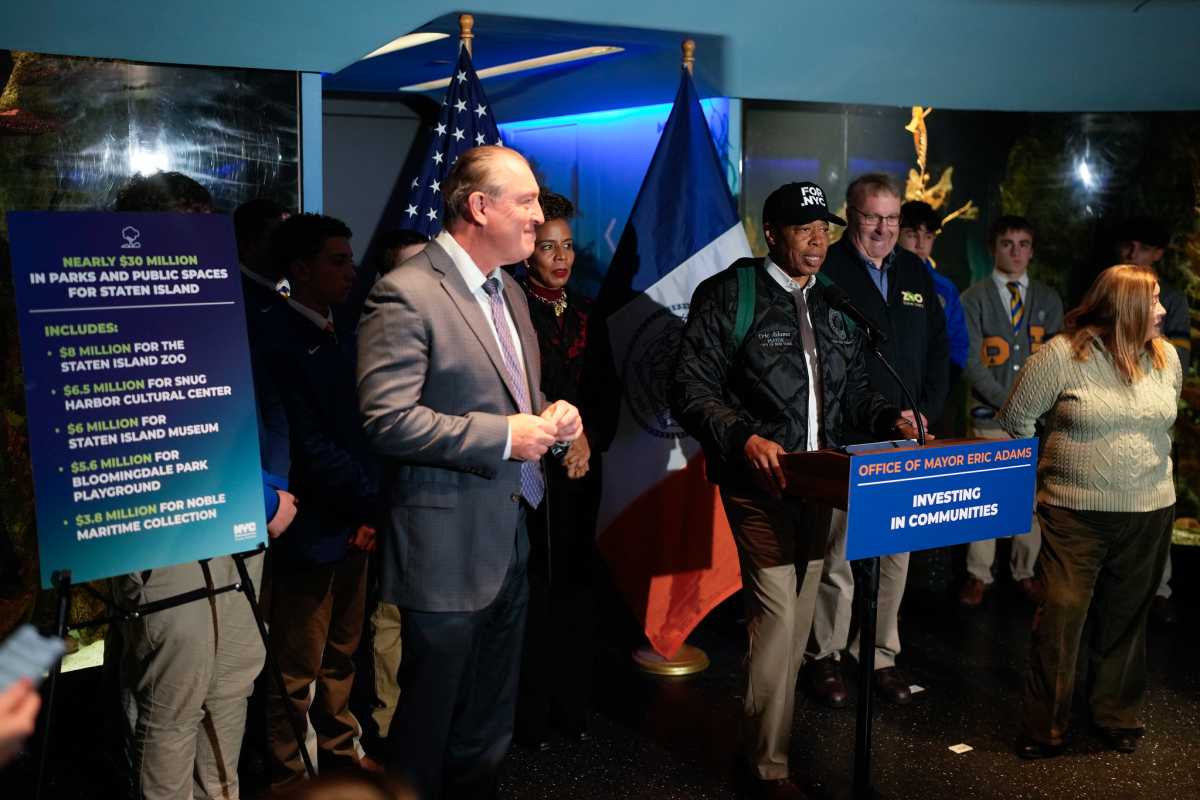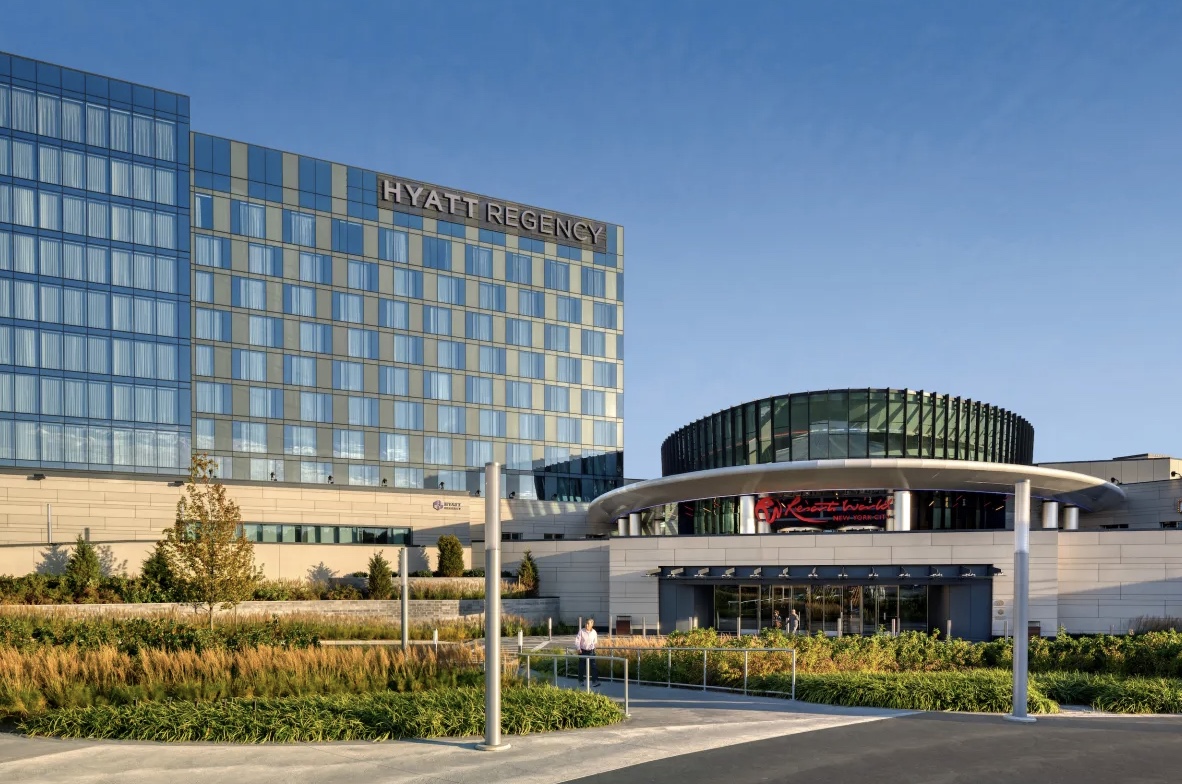By Tom Allon
While many insiders think there’s three weeks left until we pick a new mayor, city comptroller, city public advocate, as well as two borough presidents, a district attorney and a new City Council — an unprecedented turnover in municipal government — it is just the second half of a long marathon that won’t conclude until six months from now, in early 2014.
Allow me to explain.
The Sept. 10 primary — which comes a week after Labor Day, five days after the Jewish New Year and on the second day of school — will only pick our next comptroller and most of the new Council and two new borough presidents and the Brooklyn district attorney.
Yes, the only three things that will be certain on Sept. 11 will be death, taxes and whether we have witnessed the incredible resurrection of Eliot Spitzer into New York political life.
On the mayoral front, we will have eliminated five Democratic contenders — likely including the once high-flying Anthony Weiner — and two Republican candidates.
For three weeks from Sept. 11 to Oct. 1, the day of the mayoral and likely public advocate run-off, we will see a slugfest between the two semifinalists in the Democratic mayoral marathon, one I actually entered more than 25 months ago, but that’s a story for another day.
Right now, unless the topsy-turvy campaign takes a strange turn, there are three likely mayoral runoff possibilities: Christine Quinn and Bill Thompson, Quinn and Bill de Blasio or Thompson and de Blasio.
It is a three-way game of survivor, in other words, with one of these career politicians getting knocked off the island.
No matter what, the three weeks after the primary will be a highly-charged time of debates, negative media stories, unions jousting on behalf of their candidates and great voter engagement so the Democrats pick a qualified person to potentially succeed Mike Bloomberg.
Lying in wait will be the GOP nominee, either former MTA head Joe Lhota or billionaire businessman John Catsimatidis. Also, in the general election mix will be tech millionaire Jack Hidary and Independence Party candidate Adolfo Carrion.
So, from Oct. 2 until Nov. 5, a five-week period of light fall breezes and pre-Halloween costume-picking, we will be debating the future of our city. Should we continue “proactive policing”? Will there be retroactive raises for city workers? What can be done to straighten out our public education mess? How will we lift the middle class again in New York?
On Nov. 5, how many people will turn out and vote for our next mayor? We had more than 1.8 million New Yorkers vote in 2001 and it has gone steadily down to just more than 1.1 million in 2009. In 2013, will our populace be engaged and energized enough so that we get a real strong turnout in the general election? Will the future of public safety — to some, stop-and-frisk is the key policy — be a decisive factor differentiating the Democratic and Republican candidates and the two third-party contenders?
When the dust settles Nov. 6 and the new mayor is anointed, there will be one more important leg in this journey: the transition and the selections of key personnel, including the police commissioner, the chancellor and the deputy mayors, as well as the agency heads and the commissioners. Will we have another data-driven administration or will it be more “touchy-feely,” with a focus on social programs and inequality?
The race to succeed Bloomberg has been going on for about two years now behind the scenes, but it really begins in earnest in late August. There are three hurdles ahead for the Democratic nominee and two for the Republican challenger.
But the biggest hurdle of all lies ahead: how to govern a city of 8.2 million people and follow in the footsteps of a larger-than-life billionaire mayor who put his indelible stamp on so many areas.
Enjoy the show.
Tom Allon, president of City & State NY, was a Republican and Liberal Party-backed mayoral candidate in 2013 before he left to return to the private sector. Reach him at tallon@cityandstateny.com.




































